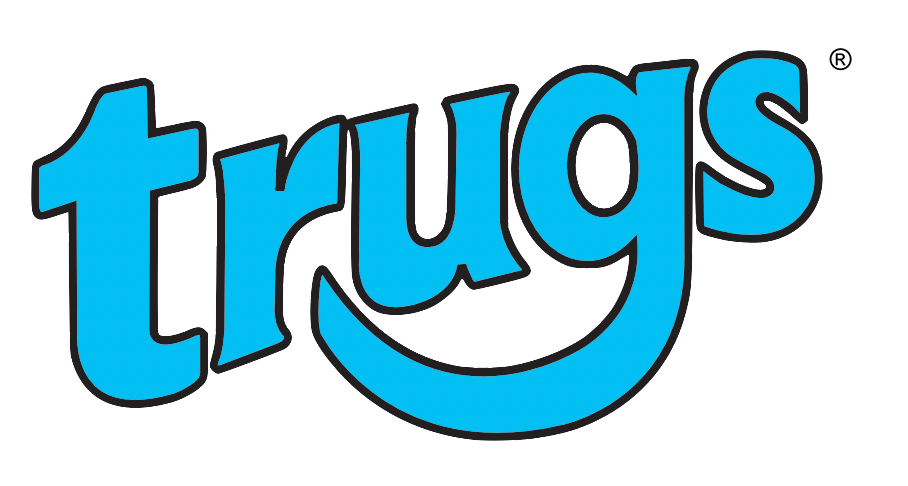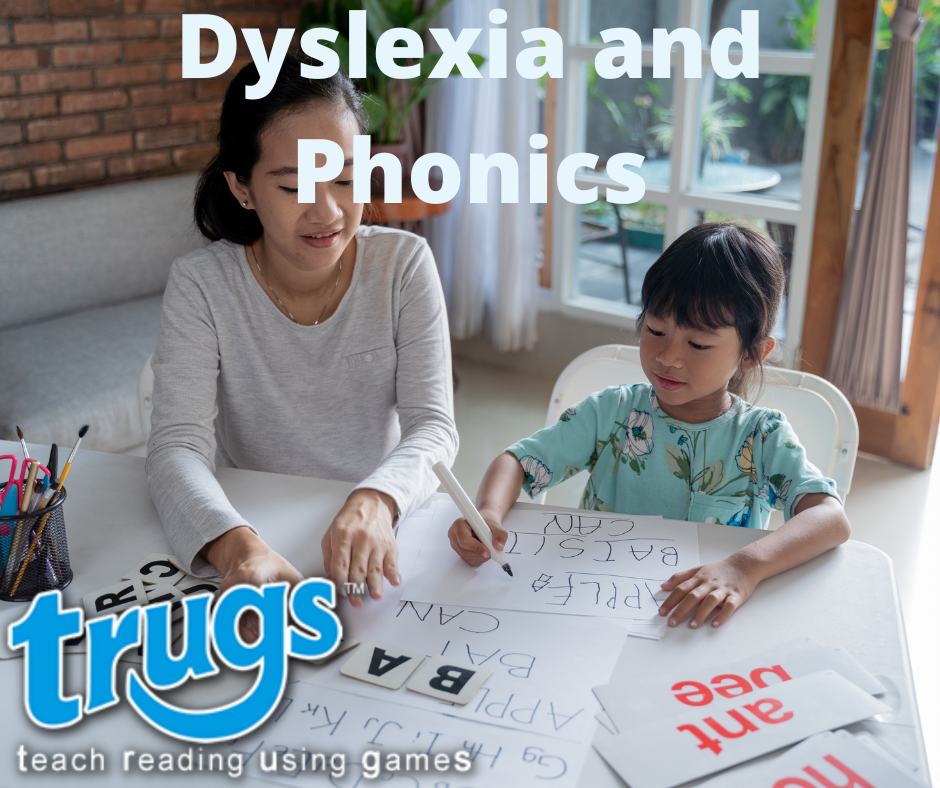What do you think of when you hear the word dyslexia? Mispronouncing words, reading errors, and struggling in school are probably some of the first things that come to mind. But dyslexia is so much more than that! Dyslexia is a neurological disorder that affects how a person reads and interprets information. Up to 10% of the population has some severity of dyslexia, which means there’s a good chance you know someone who has it. We would often hear that dyslexic have a phonological weakness which can be true, though all dyslexic people are different.
When it comes to Synthetic phonics this is a teaching method that combines sound and letter naming to teach children how each individual element of the word comes together. This technique can be used with those who have difficulty learning or acquiring reading skills as it focuses on pronunciation in isolation before blending them into another phrase for fluency purposes.
Using games and Multi-sensory techniques to support learning is a great way of retaining information. By encourage interaction, which in turn supports cognitive development. Multi-sensory techniques like sound or touch can also have a positive effect on how quickly children learn new things These methods engage players in the process, which makes them feel more involved with what they’re studying than if you were just reading from an text book or listening while someone else discussed your lesson topic.
The use for synthetic phonics, games and multi sensory techniques has been proven successful within education. Allowing students to have a fun and challenging way to engage with learning is beneficial for all.
This is why Trugs is such a useful tool when teaching people phonics and language. They offer three boxes containing 15 phonic reading stages in card form; five stages in each box. This structure has been put together by a phonics specialist, so it is known that Trugs is a productive teaching method. Cards allow the way people learn phonics to be flexible; they can play multiple games and use them to develop sentences when writing.
Trugs provides an ingenious way of teaching and understanding phonics; making sure the phonics process is understood and followed correctly as well as flexibly, so any teaching method is welcomed.
Written by Arran Smith

